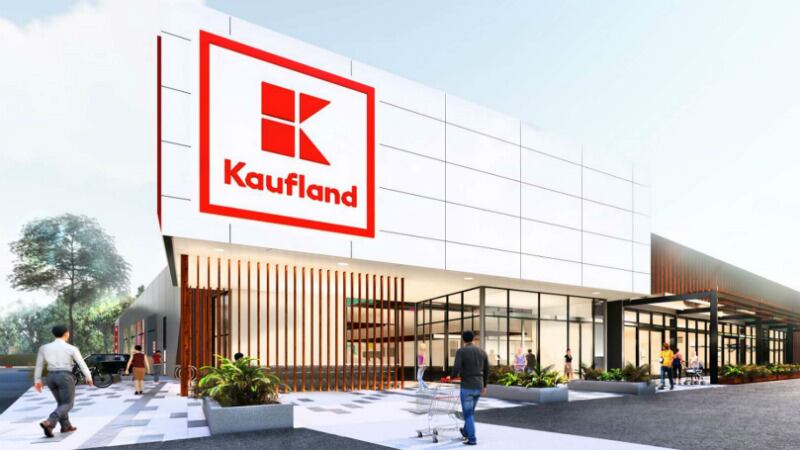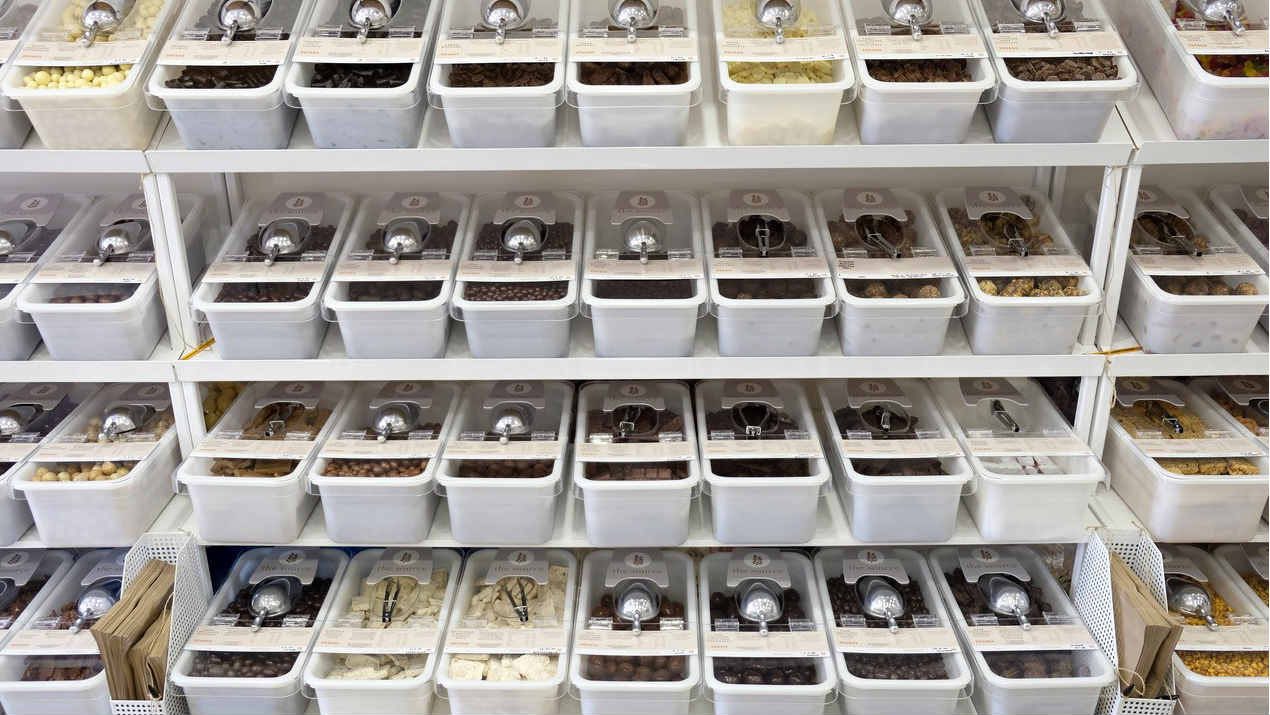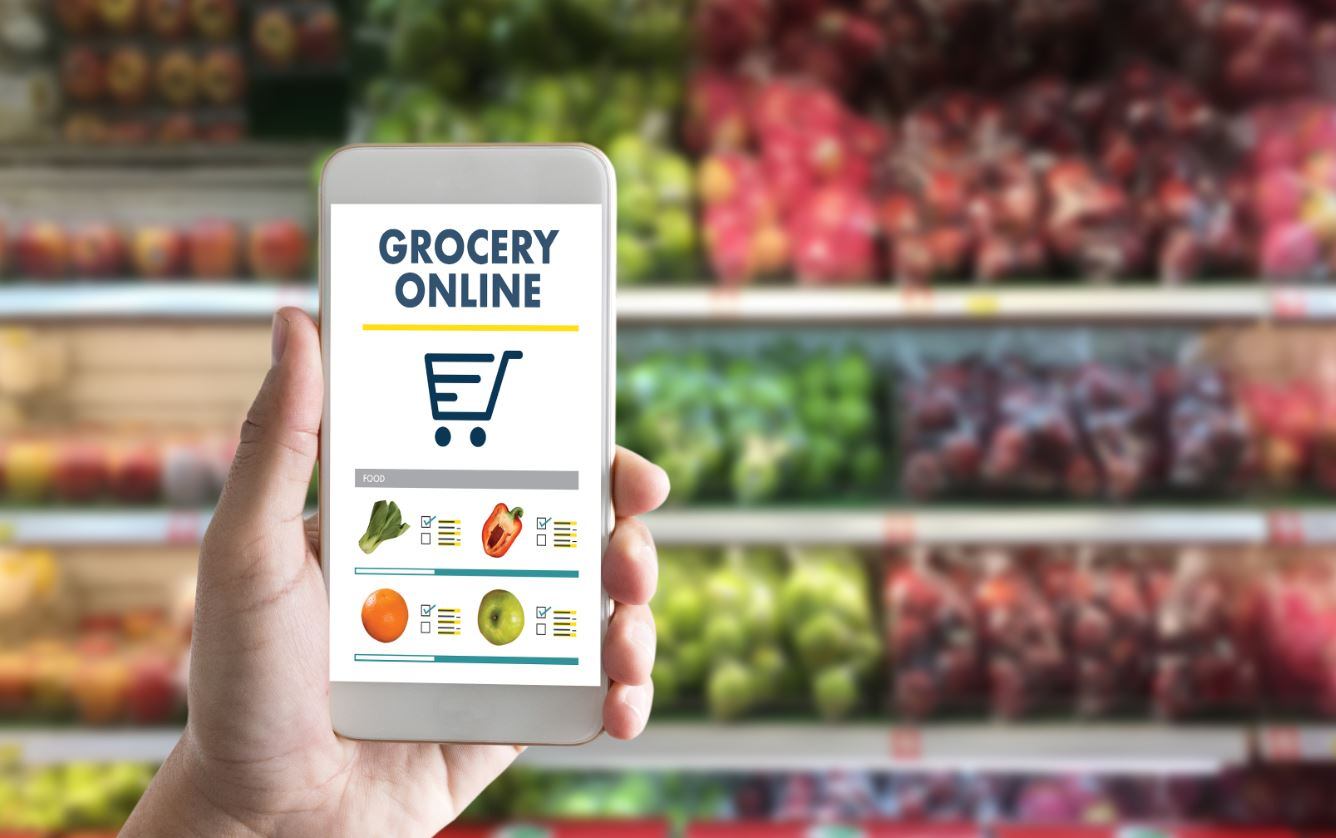“It is estimated that Kaufland will have a 6% to 8% impact on the existing revenues of Coles and Woolworths,” Queensland University retail industry analyst and expert Associate Professor Gary Mortimer told FoodNavigator-Asia.
“It will also impact on incumbent discount department stores, such as Target, Big W and Kmart. Aldi will also experience a negative impact.”
He added that of Australia’s A$105bn (US$72.1bn) supermarket and groceries market, Woolworths has a 37.5% share, followed by Coles at about 3%, Aldi at 10% and IGA (Metcash) at 7.3%.
“It would be too early to estimate market share capture, but estimates are that Coles and Woolworths will lose about 7% revenue, [so] there is no chance of this growing to surpass these,” said Prof Mortimer.
That said, the rate of growth is apparently taking place at a faster rate than most in the industry expected.
“Commentators estimated about eight to 12 stores in 2020 - It is now looking [more] like 25 sites by 2021. 19 sites have already been confirmed,” he said.
Kauflands entry and rapid growth will be backed by an A$255mn (US$173mn) logistics distribution centre located in Victoria, and is expected to supply across four states in Australia: Victoria, Queensland, New South Wales and South Australia.
"Our distribution center will be the heart of our supply chain. Employees will be responsible for providing our stores with numerous high-quality foods every day," said Kaufland Managing Director, Expansion in Australia Maximilian Wiedmann via an official statement.
The A$255mn (US$173mn) centre will also implement the use of ‘state-of-the-art automation, sustainability and efficiency technologies’, and will span over 280,000 square metres in size when completed.
Victoria appears to be Kaufland’s first target in Australia – apart from the distribution centre, the company’s Australian headquarters are expected to be located in Melbourne, and all five confirmed store sites till date (Chirnside, Coolaroo, Dandenong, Epping, Oakleigh South) are also located in the South Eastern state, bringing the company’s Victoria investment up to EUR300mn (US$330mn).
“We are very grateful to the city and our stakeholders for their feedback and support, and will continue to work together on a customer-centric shopping experience in Victoria," said Kaufland CEO Julia Kern.
"Australia is one of the fastest growing regions in the world, and we look forward to growing with it. Our goal is to raise the bar in the retail industry and provide our customers with uncompromising quality in food retailing. "
Strong local competition
According to Kern, one of Kaufland’s strategies will be in terms of convenience, by positioning itself as a ‘one-stop shop’.
"Kaufland is a one-stop destination shop, [which] means that we offer the best of both worlds – [A] discount supermarket offering and general merchandise [accompanied] by a ‘high-quality’ private label range,” she told Australian Financial Review.
Prof Mortimer added that Kaufland’s main advantage over its competition stood in the areas of ‘global buying power’ and ‘offering a full line supermarket and department store under one roof’.
That said, he expects it to face a major challenge in terms of location upon entering Australia.
“These are large format stores, so finding and securing land will be vital for their expansion,” he said.
“Costs of out bound logistics will also be challenging. [Apart from its] distribution centre in Melbourne, [it] will need at least another two in Sydney and Brisbane, to truly expand.”
A Kaufland store can go up to 20,000 square metres, which is ‘15 times bigger than an Aldi and five times bigger than a big Coles or Woolworths’, according to news.com.au.





